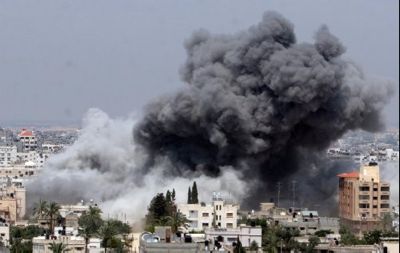LA MUJER EN ÉPOCA FRANQUISTA
La época franquista supuso para la mujer un retroceso, iba a volver a parecerse, a la mujer de la vieja España. Durante la dictadura franquista, la mujer dejó de tener los derechos que la Constitución de 1931 le había otorgado, como la igualdad con respecto al hombre y el derecho
a voto. Con el Régimen, la mujer pasó a asumir el papel de madre y
esposa. Muchas de ellas murieron por ser republicanas, unas por ejercer
la militancia o la práctica política y otras por ser parientes de
hombres de izquierdas. Y muchas fueron condenadas al ser delatadas por
conocidos o incluso parientes temerosos de las represalias por
conocerlas. Las mujeres republicanas fueron llamadas las nuevas Eva, que
parirían hijos enemigos de España, y por ello les rapaban la cabeza y
les daban aceite de ricino, para pasearlas después por las calles con el
fin de humillarlas.
La familia era una jerarquía
en la que la mujer estaba supeditada al varón y los hijos a los padres.
La mujer era la que se llevaba la peor parte, pues su labor era la de
satisfacer a su marido, debía estar guapa para él, complacerle en todo.
La revista de la Sección Femenina, liderada por Pilar Primo de Rivera,
enseñaba a las mujeres a comportarse, siempre supeditadas al hombre, sin
derechos, sin opiniones, solo sumisión. Por supuesto que el adulterio
estaba castigado por el Código Penal..
The pro-Franco epoch supposed for the woman a setback, it was going to return to look alike, to the woman of the old Spain. During the pro-Franco dictatorship, the woman stopped having the rights that the Constitution of 1931 had granted him, as the equality with regard to the man and the right to vote. With the Regime, the woman happened to assume the paper of mother and wife. Many of them died for being republican, some for exercising the militancy or the political practice and others for being relatives of men of left sides. And many people were condemned on having been betrayed by acquaintances or enclosedly fearful relatives of the reprisals for knowing them. The republican women were called new Eve, to that enemy children of Spain would give birth, and for it they they were cutting the head and were giving them oil of castor, to walk them
The family was a hierarchy in which the woman was subordinated to the male and the children to the parents. The woman was the one that was taking the worst part to herself, since his labor was it of satisfying his husband, had to be handsome for him, him to take pleasure in everything. The magazine of the Feminine Section, led by Pilar Primo de Rivera, was teaching the women to behave, always subordinated to the man, without rights, without opinions, alone submission. Certainly that the adultery was punished by the Penal Code..





